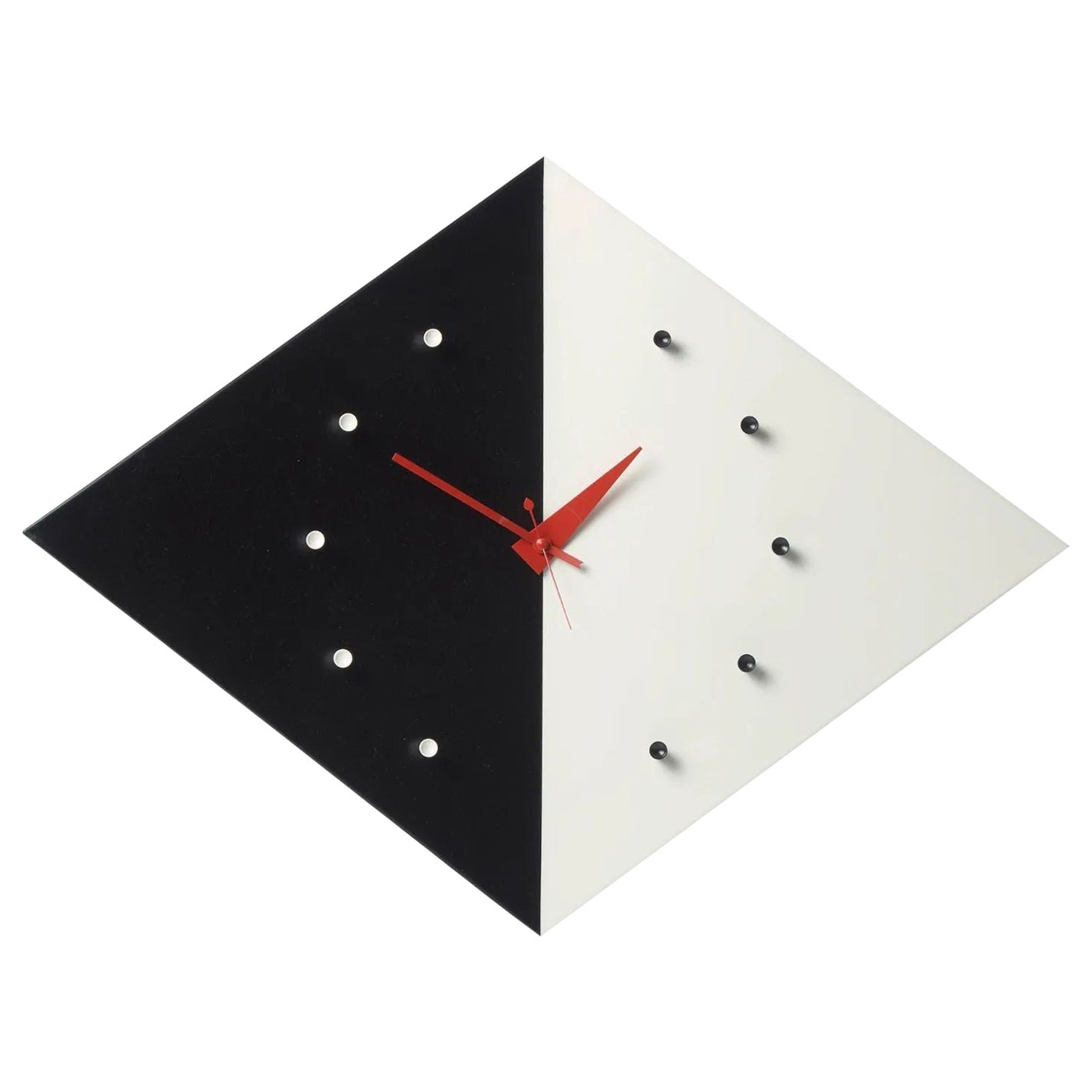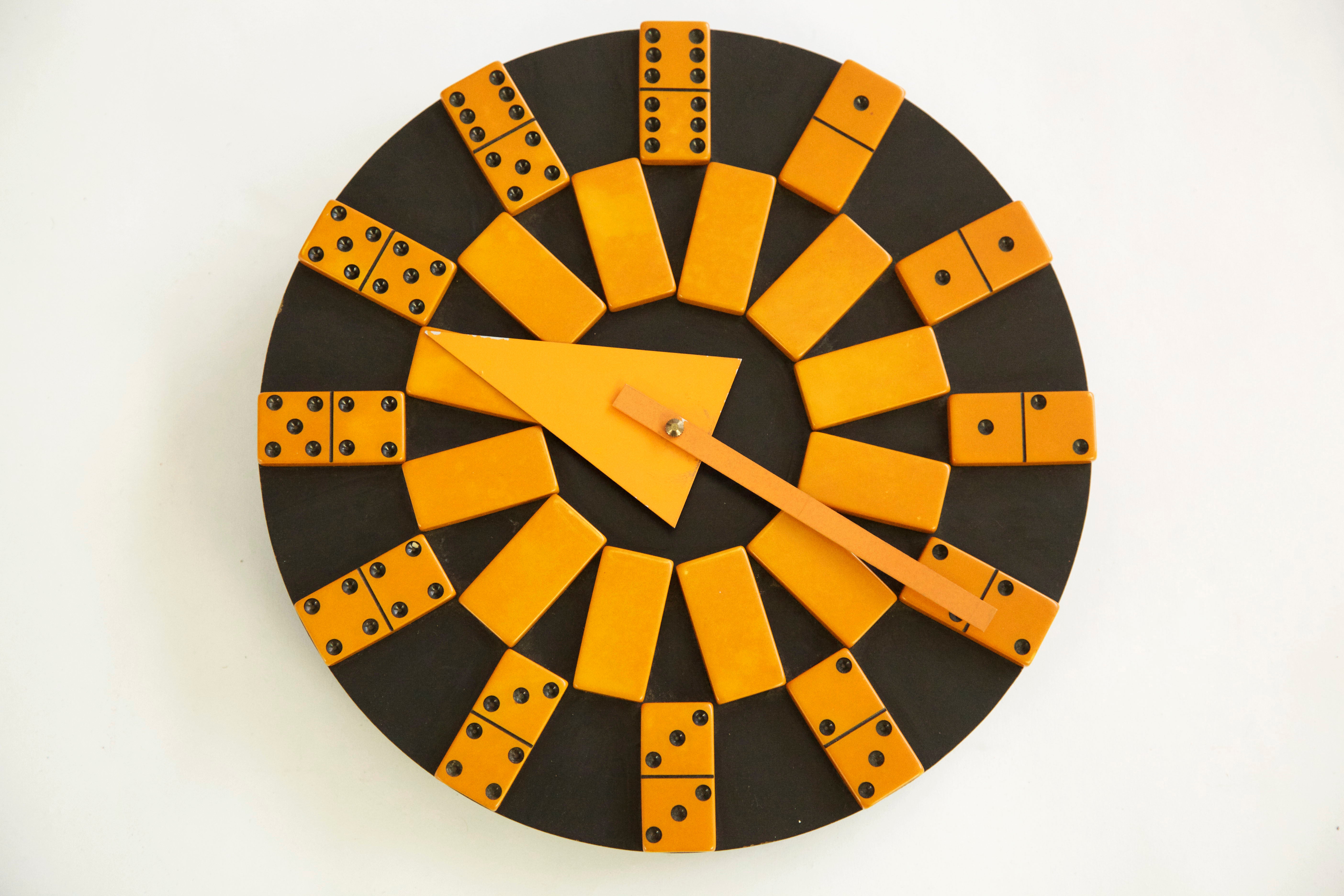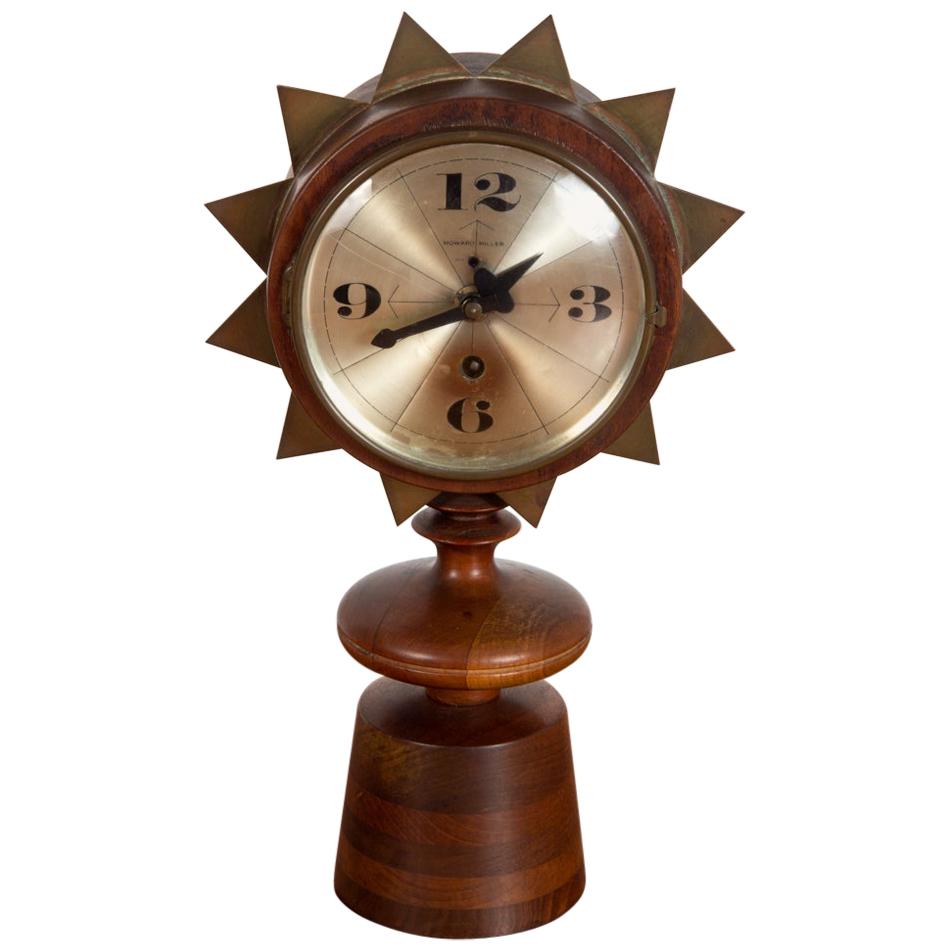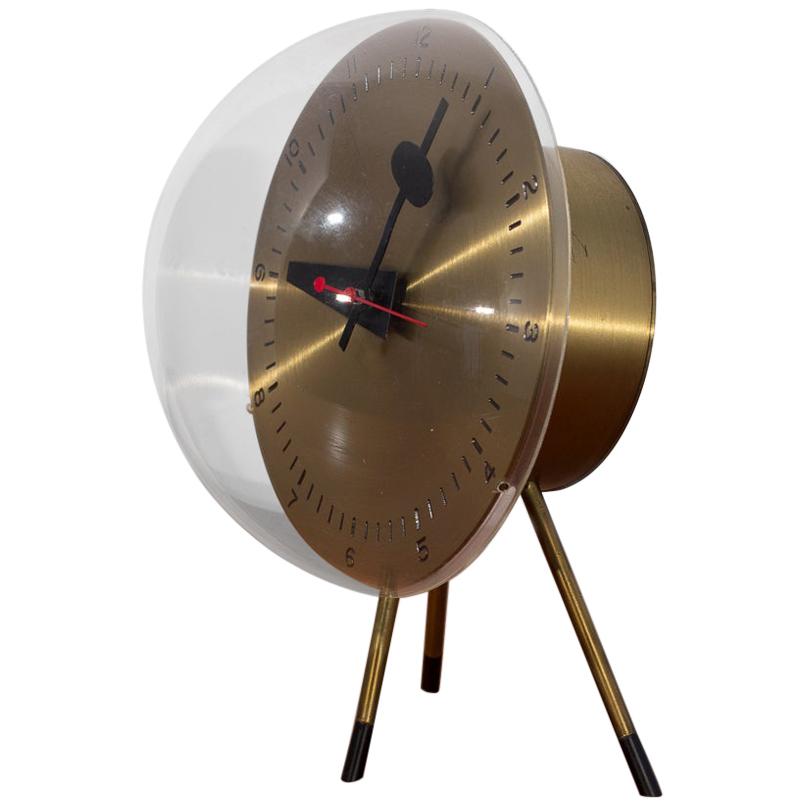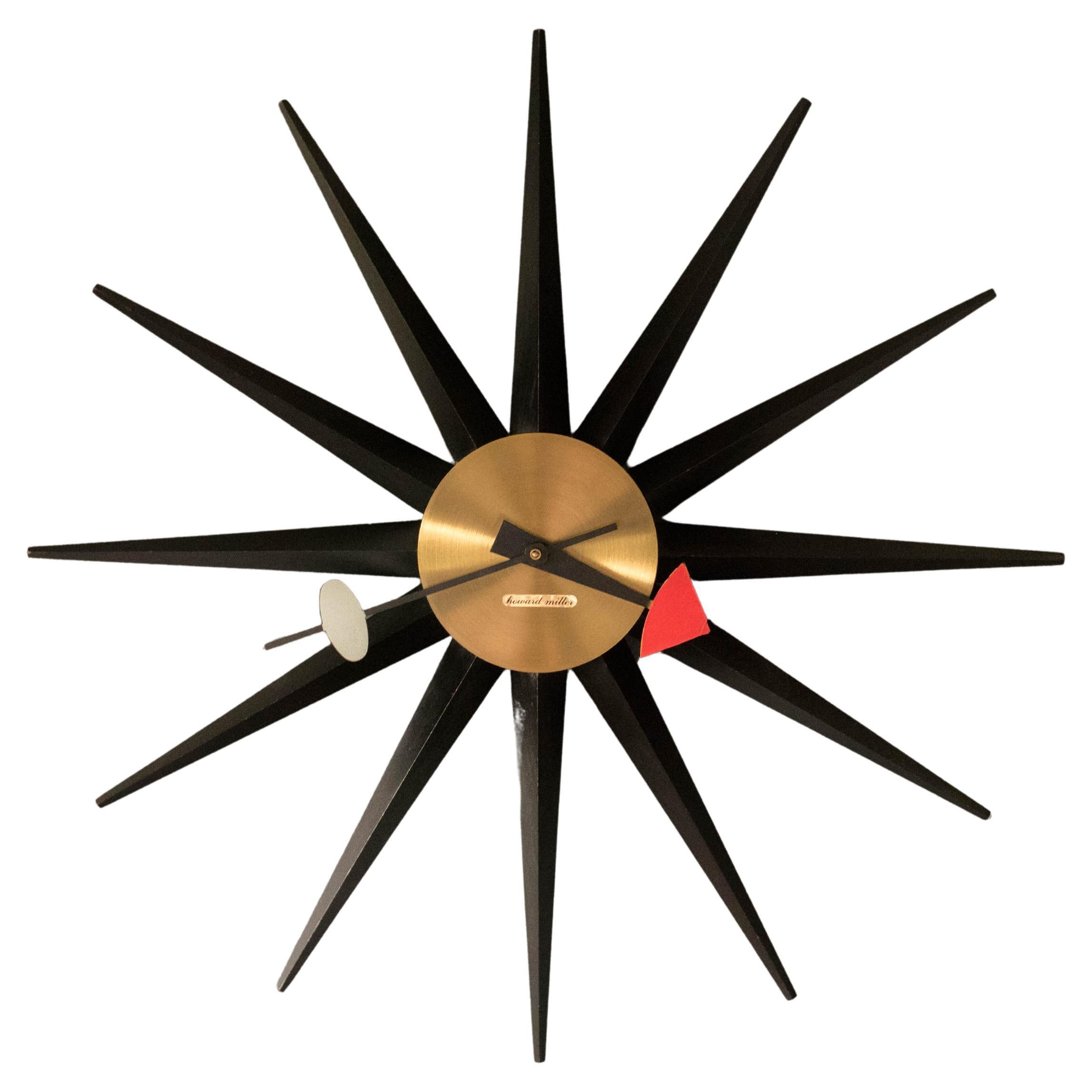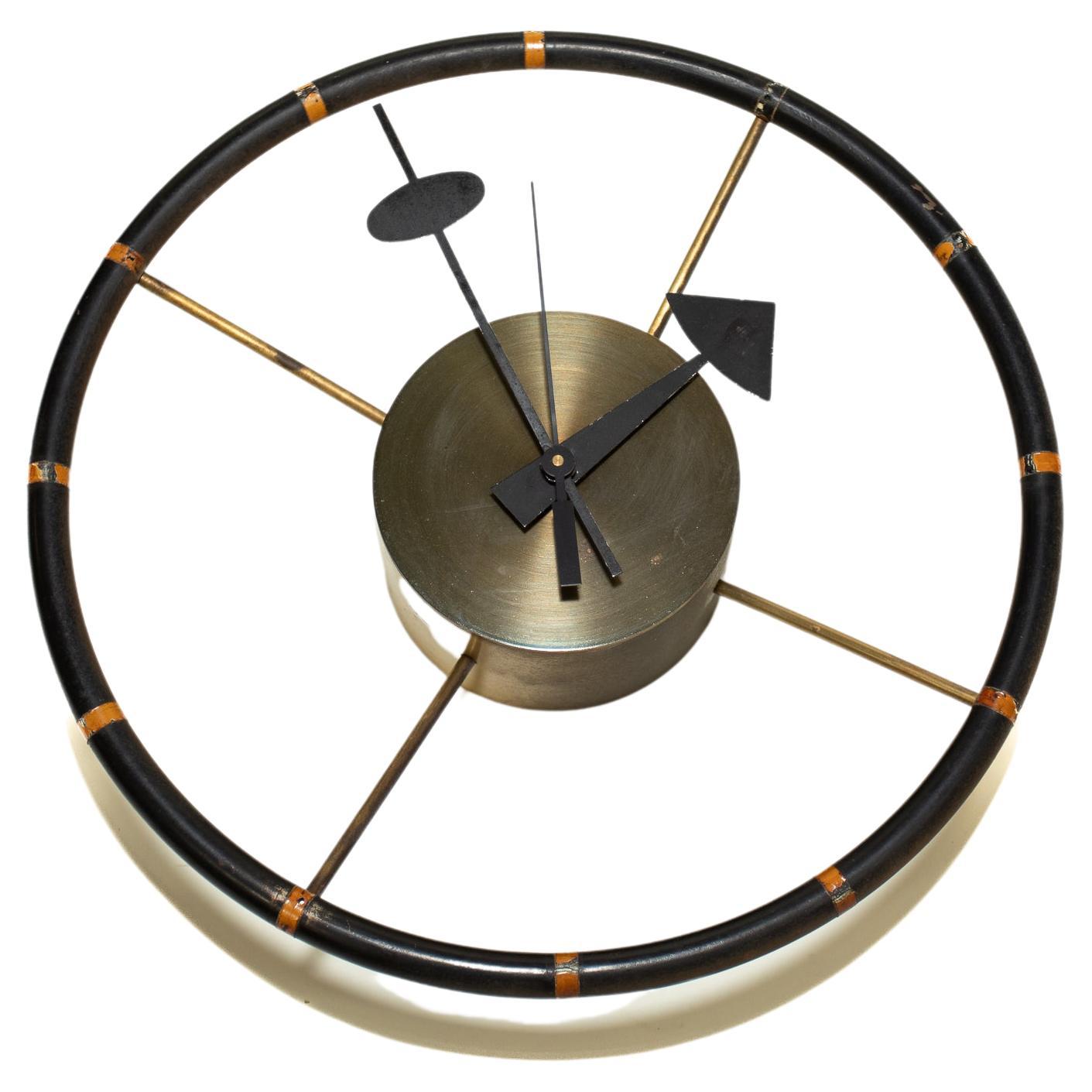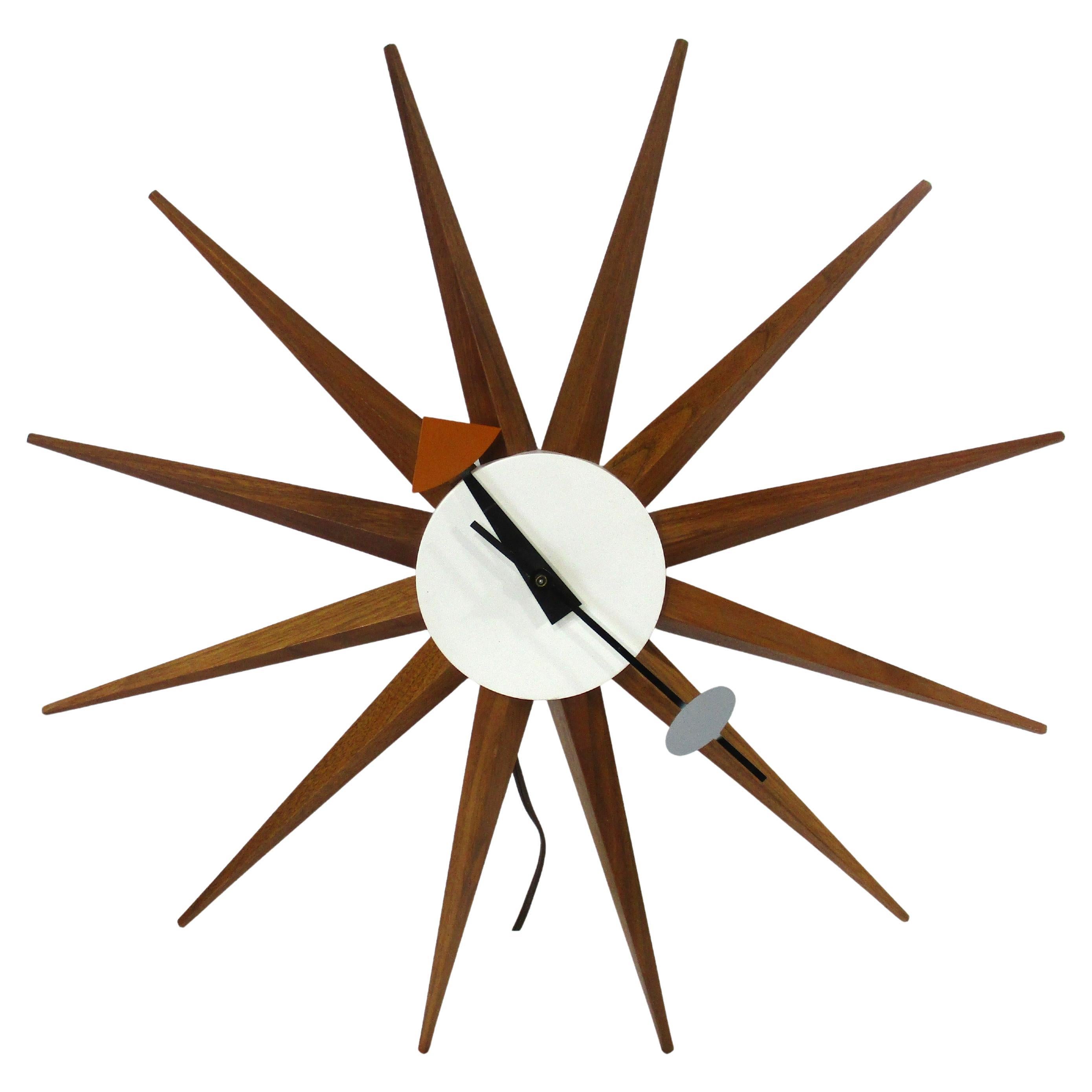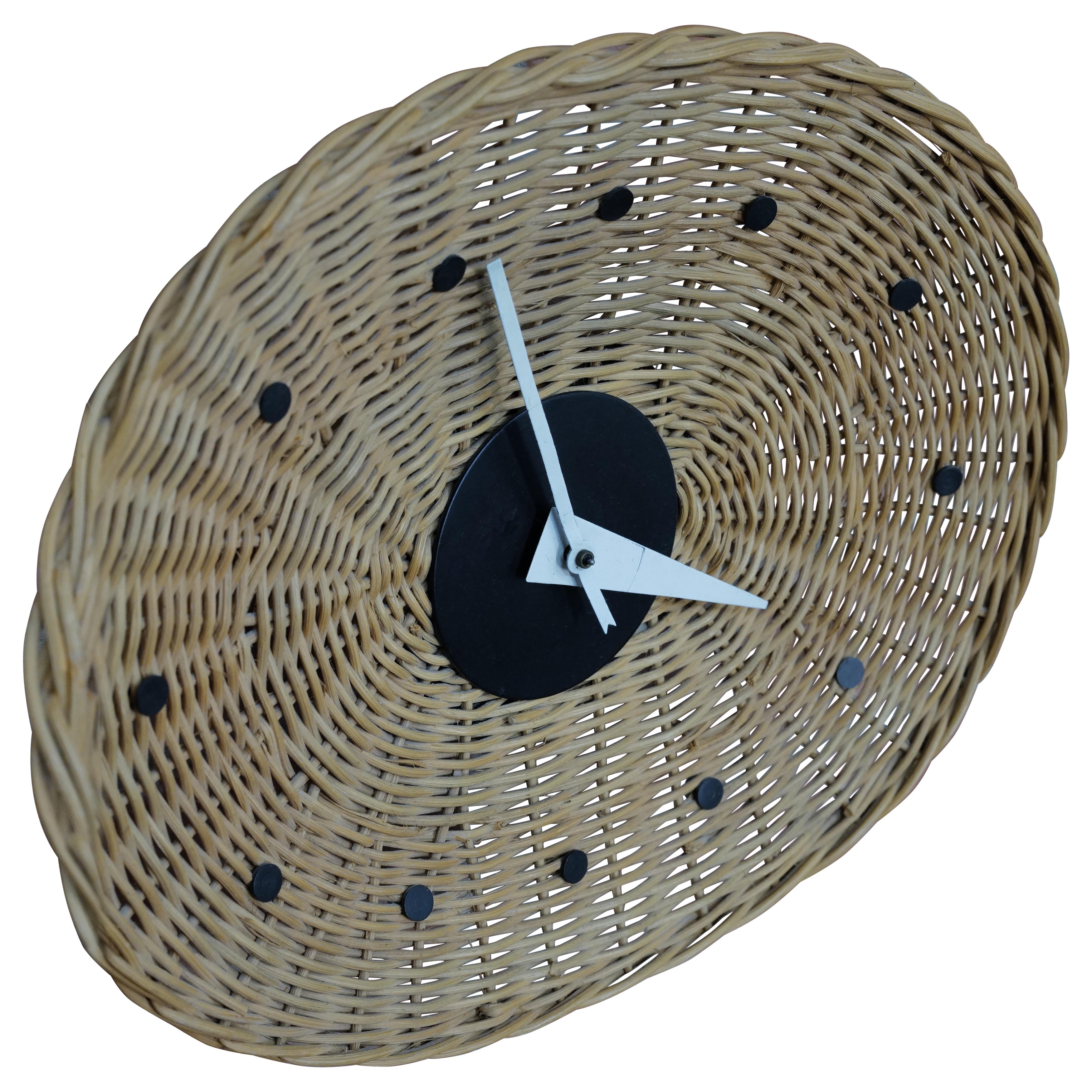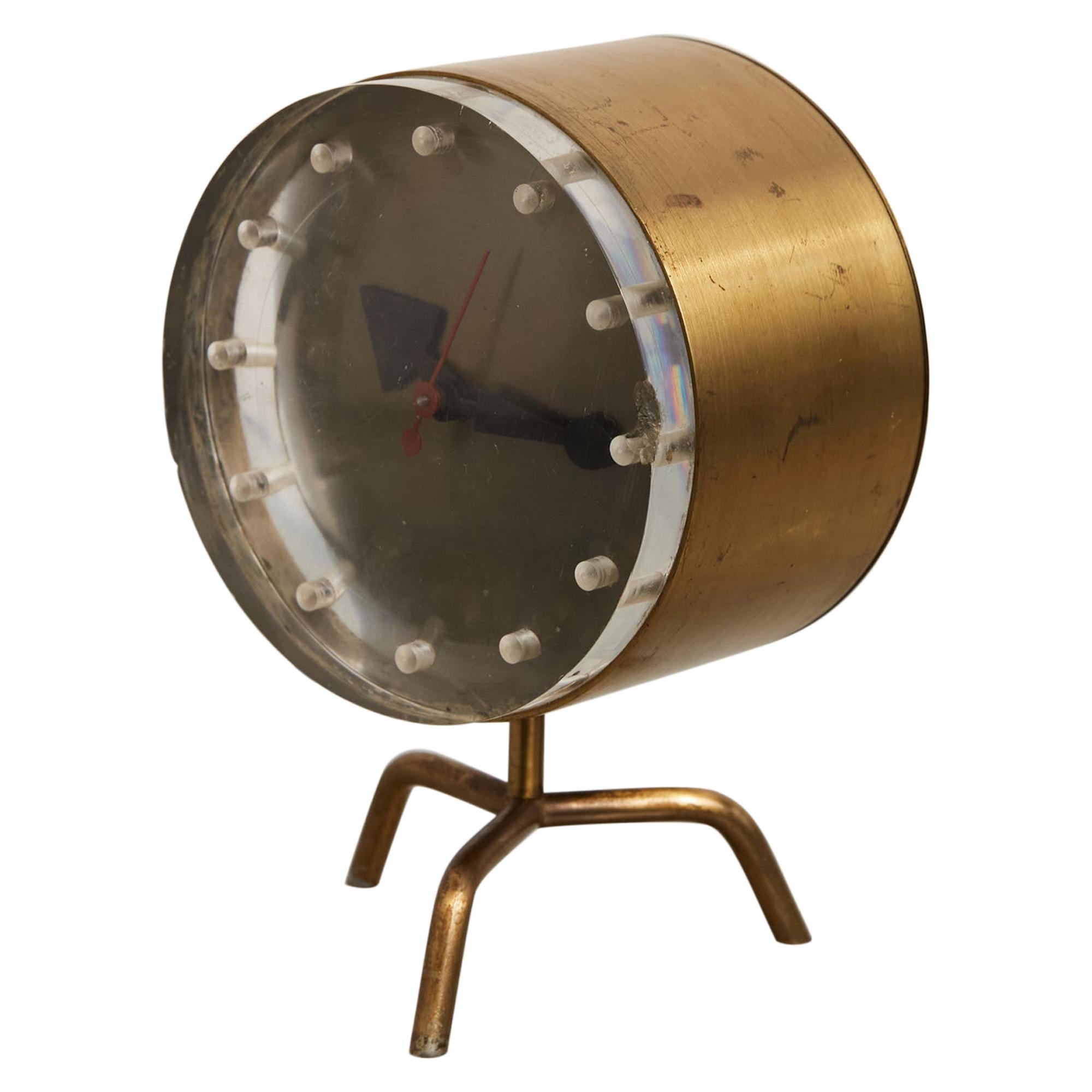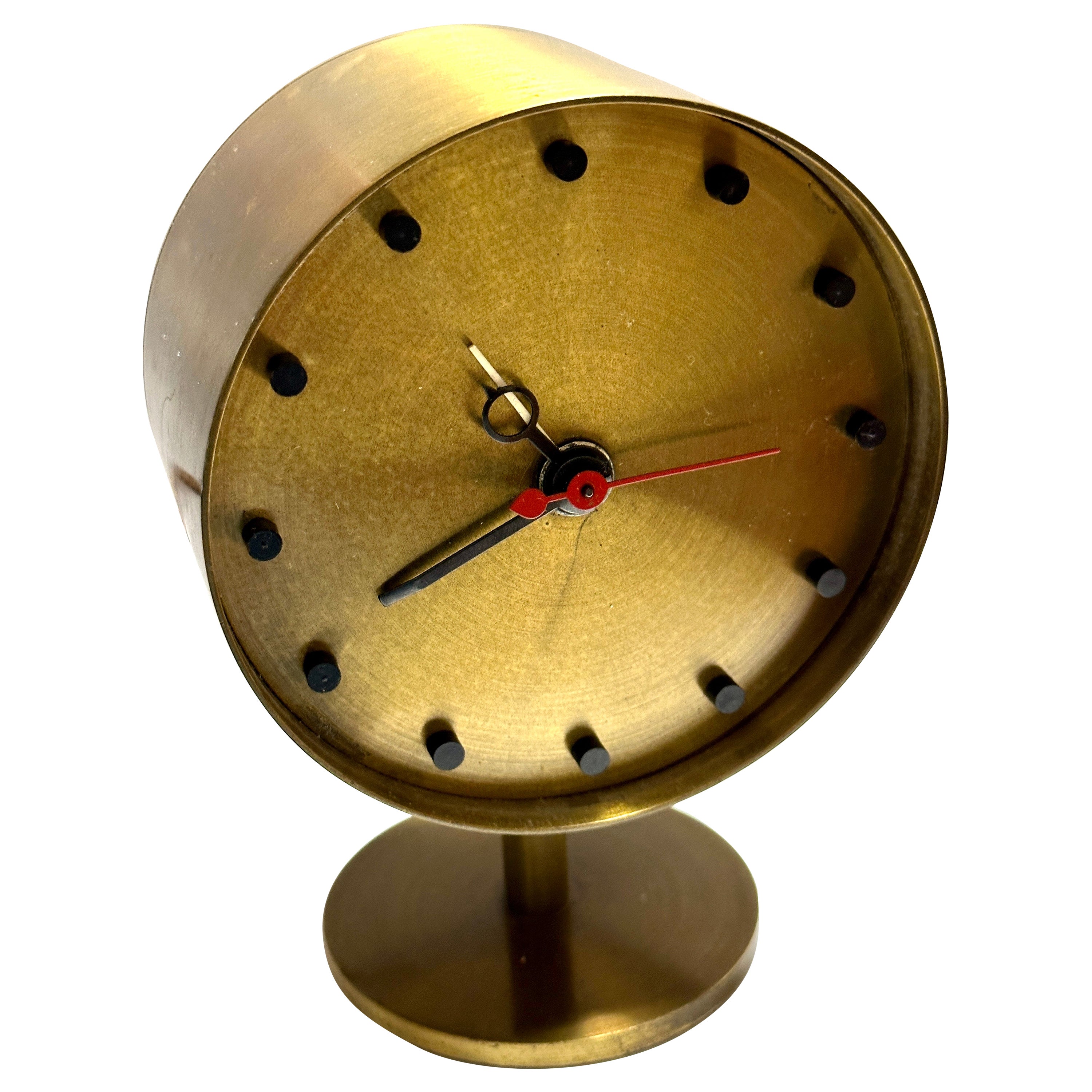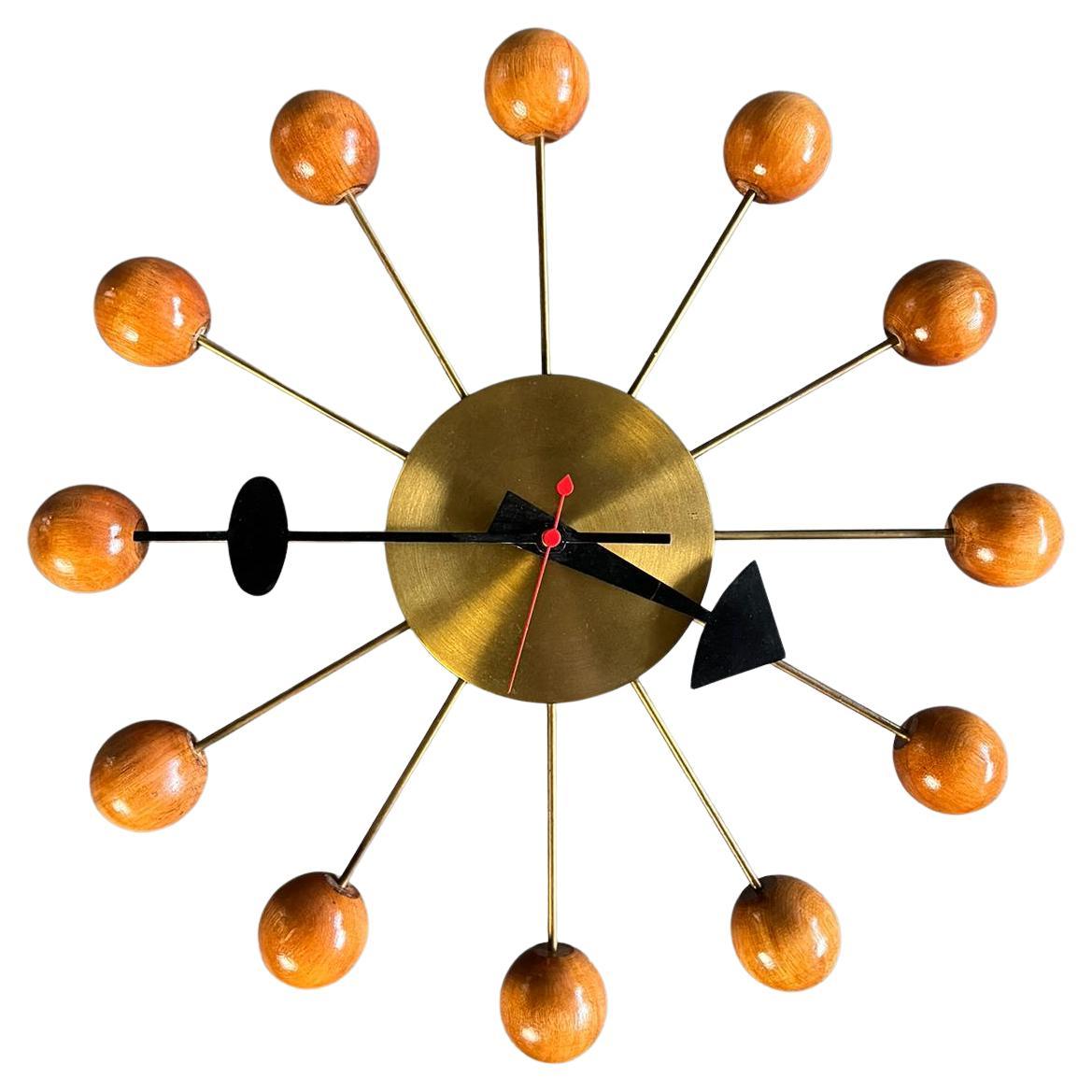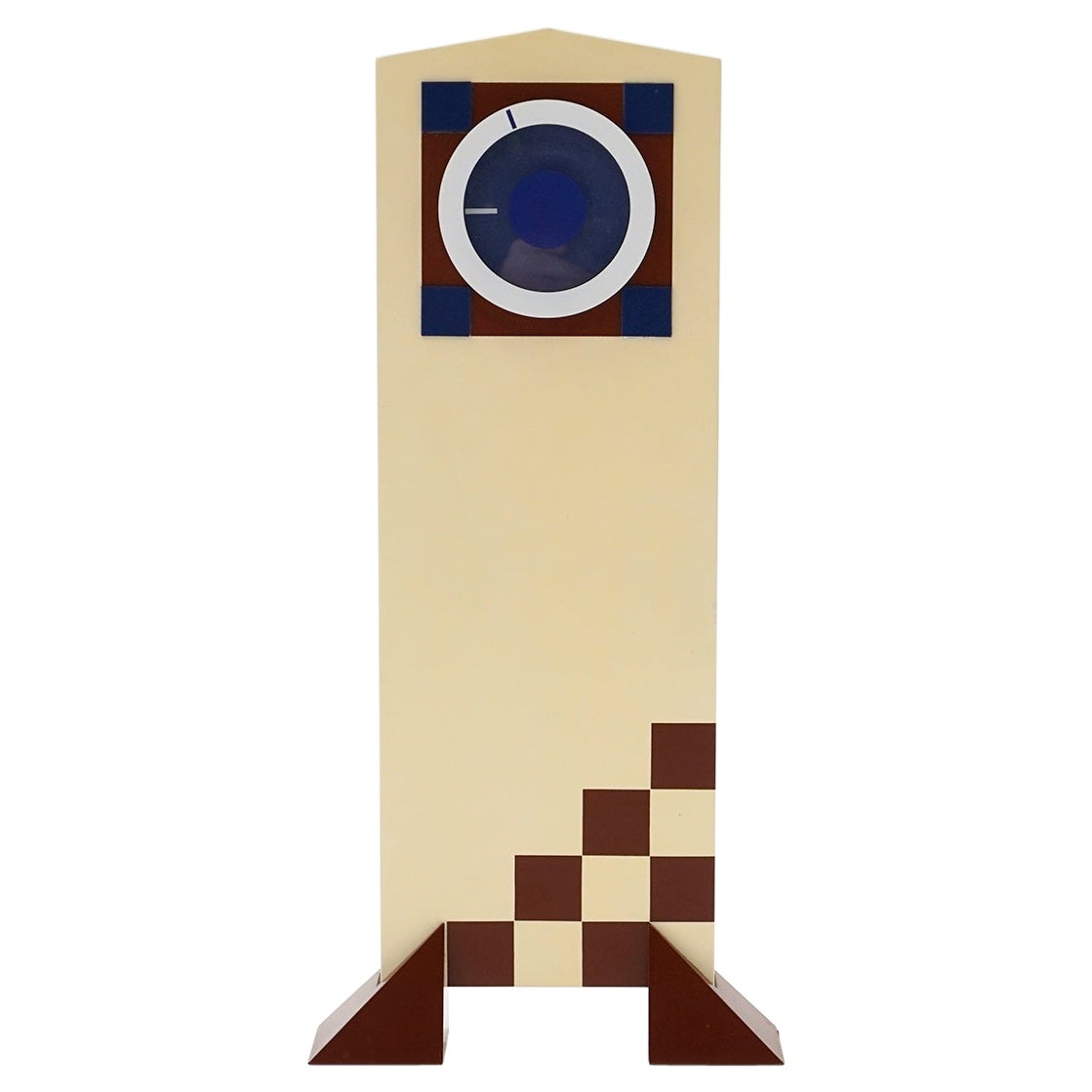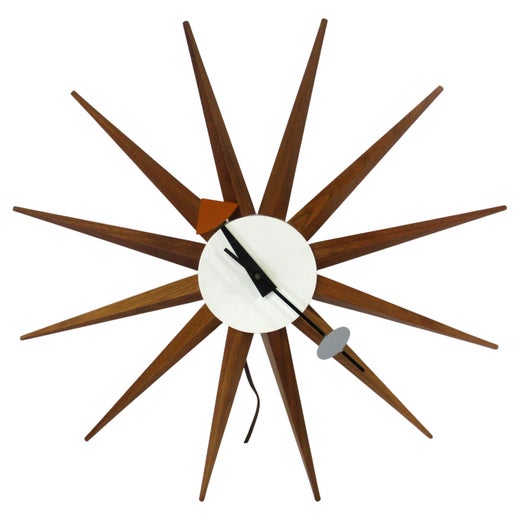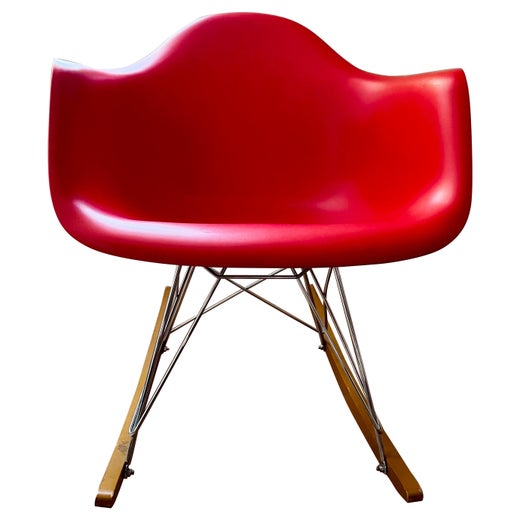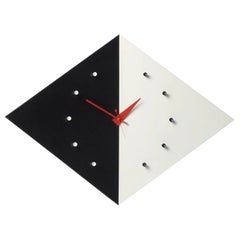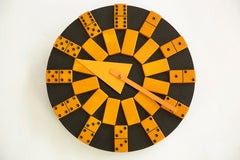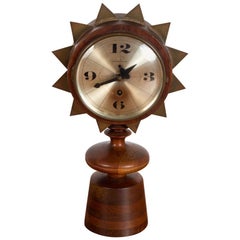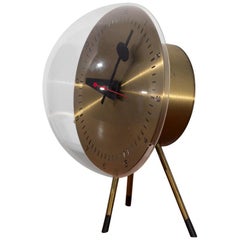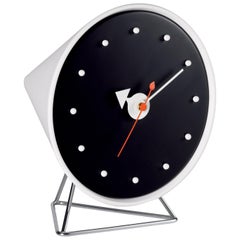
Vitra Cone Clock in White & Black by George Nelson
View Similar Items
Vitra Cone Clock in White & Black by George Nelson
About the Item
- Creator:George Nelson (Designer),Vitra (Manufacturer)
- Dimensions:Height: 6.54 in (16.6 cm)Width: 5.75 in (14.6 cm)Depth: 6.11 in (15.5 cm)
- Style:Modern (In the Style Of)
- Place of Origin:
- Period:
- Date of Manufacture:Contemporary
- Production Type:New & Custom(Current Production)
- Estimated Production Time:10-11 weeks
- Condition:
- Seller Location:New York, NY
- Reference Number:Seller: 215034011stDibs: LU3989112382833
George Nelson
Architect, designer, and writer George Nelson was a central figure in the mid-century American modernist design movement; and his thoughts influenced not only the furniture we live with, but also how we live.
Nelson came to design via journalism and literature. Upon receiving his bachelor’s degree in architecture from Yale in 1931, he won the Prix de Rome fellowship, and spent his time in Europe writing magazine articles that helped bring stateside recognition to Ludwig Mies van der Rohe, Gio Ponti, Le Corbusier and other canonical modernist architects.
In the 1940s, Nelson wrote texts that suggested such now-commonplace ideas as open-plan houses, storage walls and family rooms. D.J. De Pree, the owner of the furniture maker Herman Miller, was so impressed by Nelson that in 1944 — following the sudden death of Gilbert Rohde, who had introduced the firm to modern design in the 1930s — he invited Nelson to join the company as its design director. There Nelson’s curatorial design talents came to the fore.
To Herman Miller he brought such eminent creators as Charles and Ray Eames, Isamu Noguchi, and the textile and furniture designer Alexander Girard. Thanks to a clever contract, at the same time as he directed Herman Miller he formed a New York design company, George Nelson & Associates, that sold furniture designs to the Michigan firm. Nelson's studio also sold designs for clocks to the Howard Miller Clock Company, a manufacturer that was initially part of Herman Miller before it became an offshoot that was helmed by Howard Miller, D.J. De Pree's brother-in-law.
Nelson’s New York team of designers (who were rarely individually credited) would create such iconic pieces as the Marshmallow sofa, the Coconut chair, the Ball clock, the Bubble lamp series and the many cabinets and beds that comprise the sleek Thin-Edge line.
For dedicated collectors, as well as for interior designers who look beyond “the look,” there is a “cool factor” inherent to vintage pieces from George Nelson and others. Nelson was in on it from the start, and it’s valuable to have a piece that was there with him.
But still, as is evident from the offerings from dealers on 1stDibs, in any of the designs, in any iteration whose manufacture Nelson oversaw and encouraged, there are shining elements of lightness, elegance, sophistication — and a little bit of swagger. George Nelson felt confident in his ideas about design and didn’t mind letting the world know.
Vitra
Design house Vitra has garnered international recognition for more than 70 years — the Swiss family-owned furniture company has outfitted public spaces as well as residential properties and offices worldwide. It has been a proponent of modernist design since the 1950s. While the brand is heralded for its collaborations with mid-century modern icons such as Verner Panton, Charles and Ray Eames, Alexander Girard and others, Vitra’s German campus is also home to buildings designed by legendary architects Zaha Hadid and Frank Gehry. Among them is the Vitra Design Museum, an independent cultural institution that displays two centuries of design today.
Vitra was established in Weil Am Rhein, Germany, in 1950 by husband and wife team Willi and Erika Fehlbaum. On a trip to New York several years later, Willi Fehlbaum encountered the work of design polymaths Ray and Charles Eames in a furniture store and immediately knew that he had found his bliss.
In 1957, Vitra entered into a licensing agreement with Herman Miller, which saw the company producing designs by George Nelson, the Eameses and others. Later, Vitra partnered with Verner Panton and created the Panton chair, which was the first chair ever crafted from a single piece of molded plastic (it was also the first piece to be independently developed by Vitra). After 27 years of establishing the Vitra brand, the Fehlbaums passed control to their two sons, Rolf and Raymond Fehlbaum.
When a fire destroyed the factory in 1981, the brothers developed the Vitra Factory Campus, subsequently taking the opportunity to redirect the architectural landscape of the company. They created a masterplan with Nicholas Grimshaw, and together they erected four buildings in just a few short years.
In 1988, with the passing of Ray Eames and the disbandment of the Los Angeles Eames office, Rolf and Raymond acquired the furniture design portion of her estate, including the Eames prototypes and experimental models, housed today in the Vitra Design Museum.
Rolf and Roy opened the Vitra Design Museum in 1989. This began a period rich with design relationships, including collaborations with Antonio Citterio, Jasper Morrison, Maarten van Severen, Philippe Starck, Alberto Meda and others.
In 2012, leadership passed to Nora, the third generation of the Fehlbaums. Nora Fehlbaum has, like her grandparents, expanded the company and brought it into the 21st century with the acquisition of Finnish furniture manufacturer Artek. Nora has turned the company’s focus to sustainability yet still maintains its international and cultural relevance legacy.
Find a collection of Vitra lounge chairs, tables, side chairs, sofas and other furniture on 1stDibs.
You May Also Like
Mid-20th Century American Mid-Century Modern Wall Clocks
Metal, Enamel
Vintage 1950s American Mid-Century Modern Clocks
Wood
Vintage 1950s American Mid-Century Modern Table Clocks and Desk Clocks
Brass
Mid-20th Century American Mid-Century Modern Table Clocks and Desk Clocks
Brass
Vintage 1950s American Scandinavian Modern Wall Clocks
Brass
Vintage 1950s American Wall Clocks
Metal
Recently Viewed
View AllRead More
A Guide to Herman Miller’s Most Iconic Furniture
The prolific manufacturer has partnered with many of the world’s top designers since opening its doors in 1923. Here are some of the company’s greatest hits, which helped transform the American home and office.
Kule and Forsyth Give Iconic Furniture a Bold Makeover with Stripes
Maggie and Anne Genovese, of Forsyth, teamed up with fashion designer Nikki Kule to reimagine some classic pieces.
